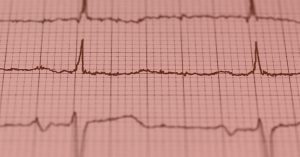Our bodies relate how we feel in more ways than one – our heart included. Electrocardiography (ECG) is a common method in medical diagnosis, but can also be used to help understand an individual’s level of physiological arousal, as well as their emotional state.
The ECG infographic below covers the basics, and how it can be used to provide insights into human behavior.

Share this Image On Your Site
If you’d like to learn more about how ECG can be used in your research, then get in touch! If you’d like to learn more about getting insights in human behavior research, then download our free guide below.
Free 52-page Human Behavior Guide
For Beginners and Intermediates
- Get accessible and comprehensive walkthrough
- Valuable human behavior research insight
- Learn how to take your research to the next level

References
Hansen, A. L., Johnsen, B. H., Thayer, J. F. (2007). Relationship between heart rate variability and cognitive function during threat of shock. Anxiety, Stress, & Coping. Volume 22(1):77-89.
Lyon A, Mincholé A, Martínez JP, Laguna P, Rodriguez B. (2018). Computational techniques for ECG analysis and interpretation in light of their contribution to medical advances. J R Soc Interface. Jan;15(138).
Quintana, D. S., Guastella, A. J., Outhred, T., Hickie, I. B., Kemp, A. H. (2012). Heart rate variability is associated with emotion recognition: Direct evidence for a
relationship between the autonomic nervous system and social cognition. International Journal of Psychophysiology, 86, 168–172.
Segerstrom SC, Nes LS. (2007). Heart rate variability reflects self-regulatory strength, effort, and fatigue. Psychol Sci. Mar;18(3):275-81.











